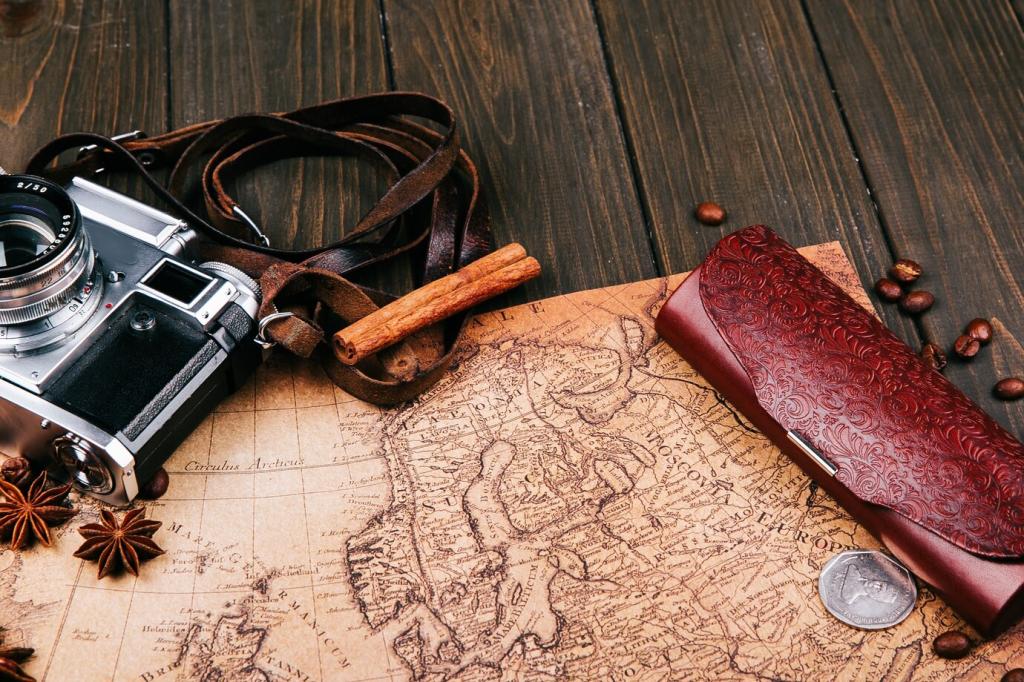
Your Ultimate Summer Mountain Adventure Packing List
Chosen theme: Summer Mountain Adventure Packing List. From sun-baked ridgelines to cool alpine nights, here’s a friendly, field-tested guide to pack light, stay safe, and savor every mile. Add your own must-haves in the comments and subscribe for weekly pack audits and mountain stories.

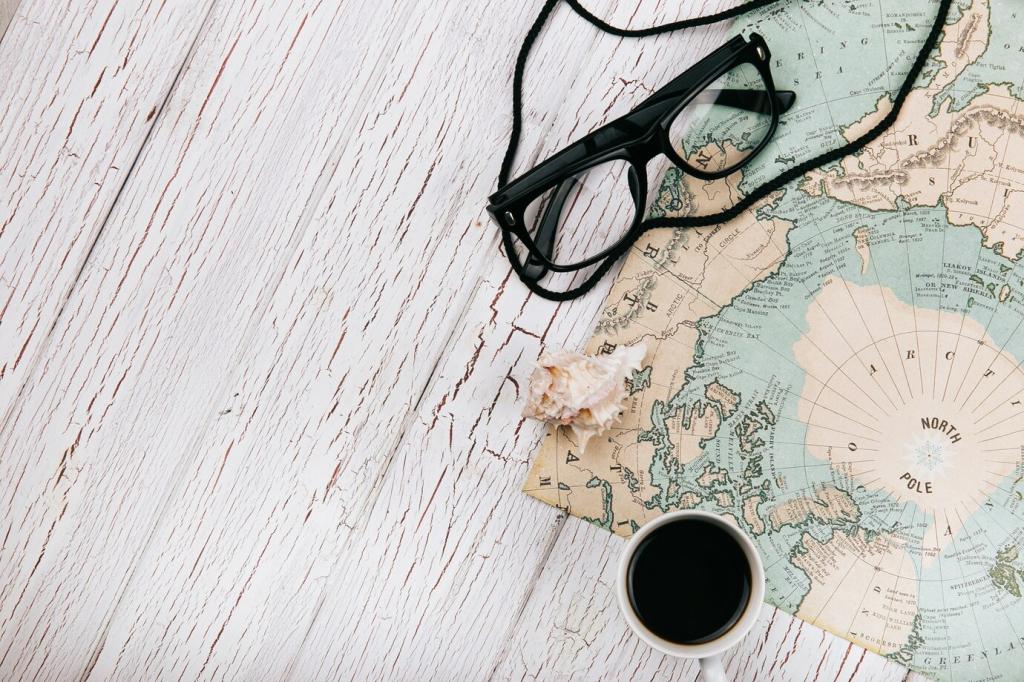
Pack Smart: The Core Essentials
Choose a pack between 30–45 liters for most summer mountain trips, balancing capacity and mobility. Keep heavy items close to your spine, snacks accessible, and rain layers near the top. On a breezy July loop, this setup saved me from rummaging mid-storm and kept my balance on talus.
Pack Smart: The Core Essentials
Trail runners or light boots are perfect for dry, rocky paths; pair them with merino or synthetic socks to manage sweat. Pack a blister kit—tape, hydrocolloid bandages, tiny scissors. After ignoring hot spots once, I limped through switchbacks. Now I rotate socks at lunch and never regret it.
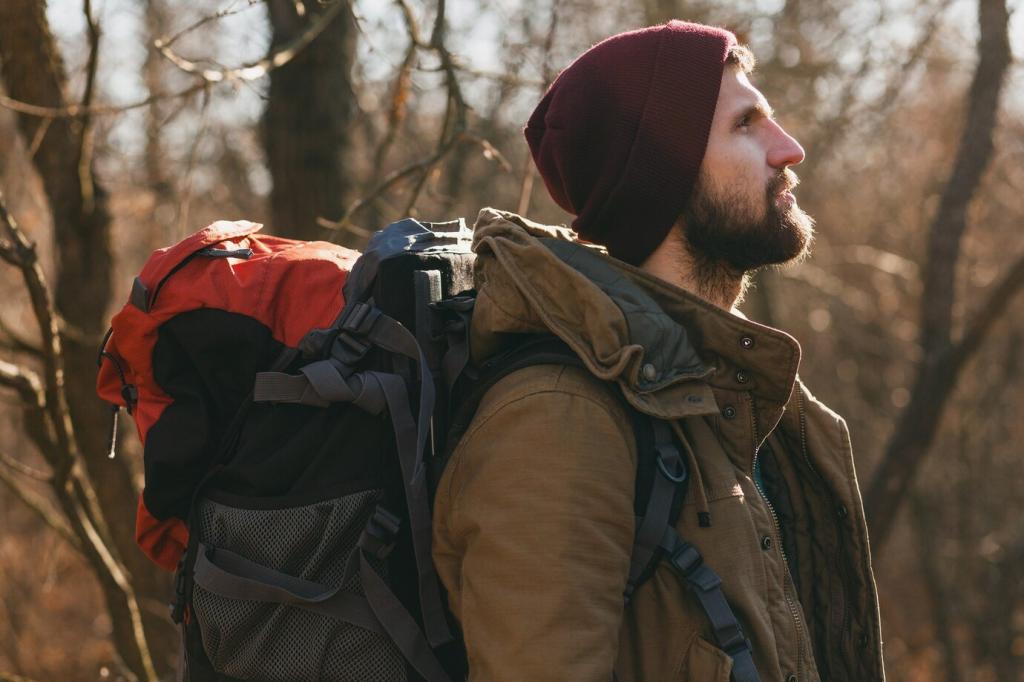

Navigation and Safety: Find Your Way, Return Happy
Carry a topo map in a waterproof sleeve and a compass you’ve actually practiced with. Download offline maps on your phone and bring a small backup battery. When wildfire smoke dulled landmarks last August, our paper map kept the group calm, accurate, and moving on the correct ridge.
Navigation and Safety: Find Your Way, Return Happy
Customize a kit: blister care, elastic wrap, pain relief, antihistamines, antiseptic wipes, and a few sterile pads. Add personal meds and a tiny instruction card. During a sunny traverse, a teammate twisted an ankle; our wrap and poles-as-crutches turned a potential rescue into a steady hike out.
Hydration and Nutrition: Fuel Every Step
Use a squeeze filter or chemical drops as primary treatment; carry collapsible bottles or a bladder for flexibility. I like a one-liter bottle handy and two liters stored. A hidden trickle under a snow patch once refilled our day—treatment kept it safe and our pace unbroken.
Hydration and Nutrition: Fuel Every Step
Aim for 200–300 calories per hour with variety: salty nuts, chewy fruit, jerky, nut-butter wraps, and a surprise treat. Label snacks by time blocks. On a hot ascent, a savory midday option rescued morale when sweet fatigue struck, turning grumbles into laughter between switchbacks.
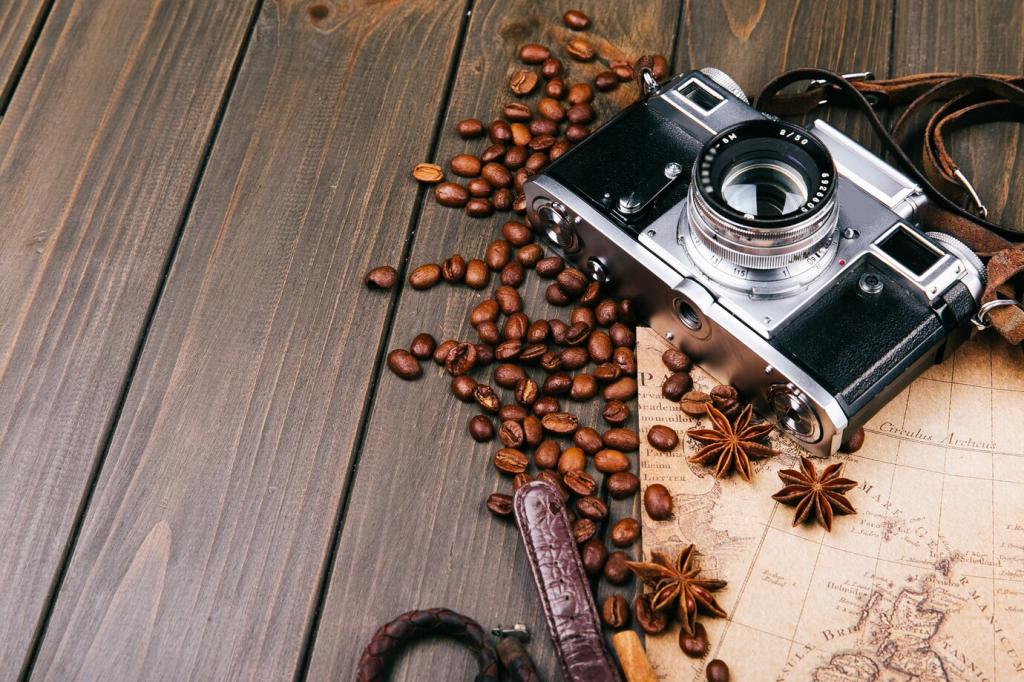

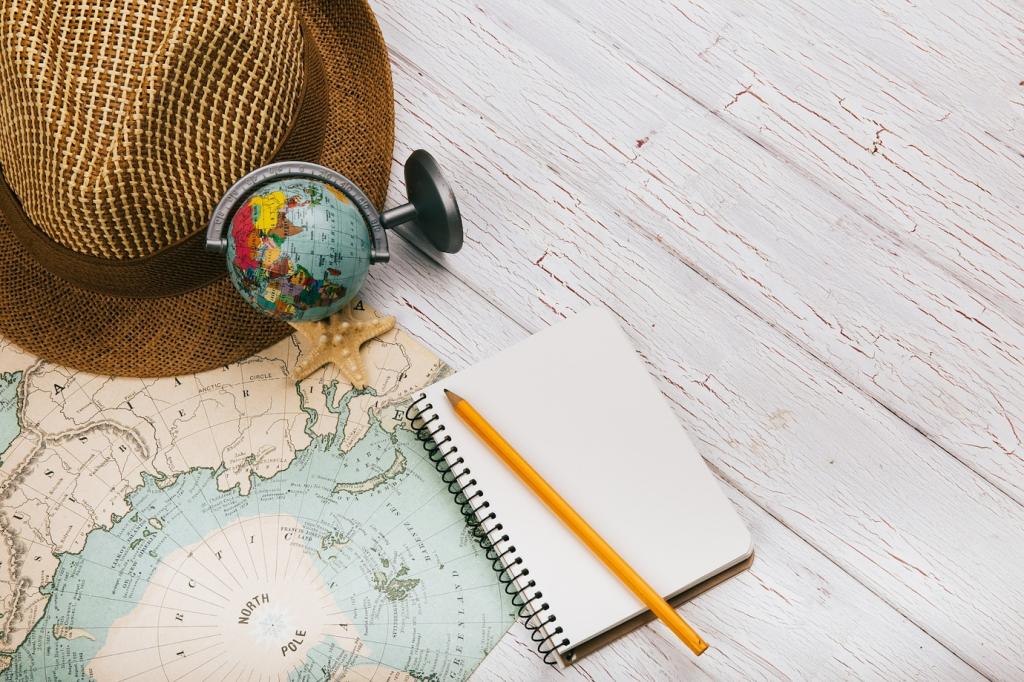
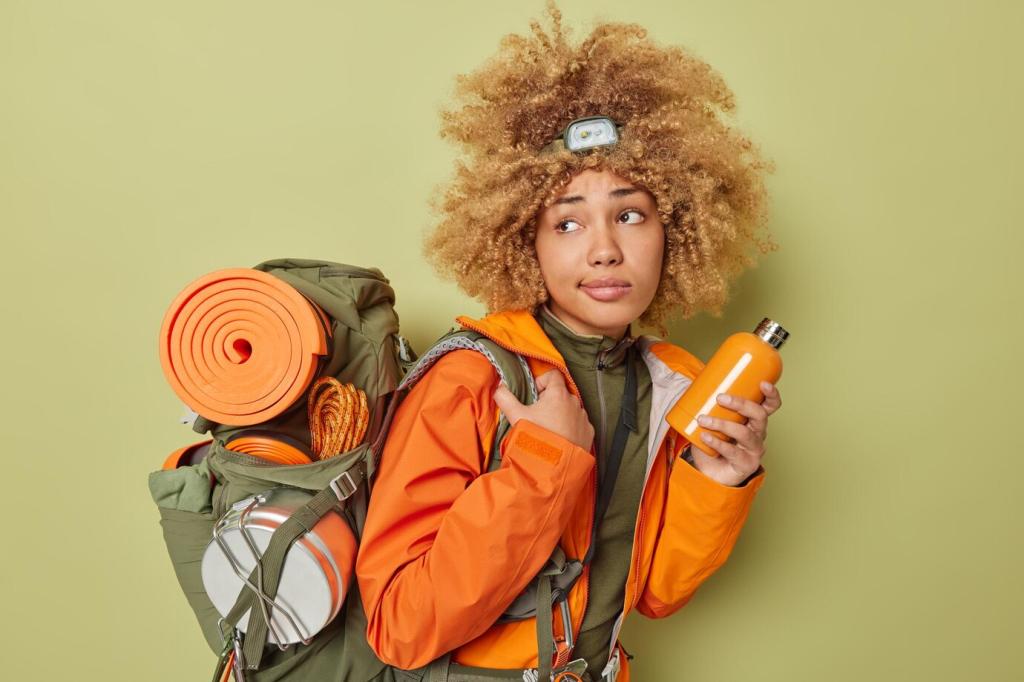
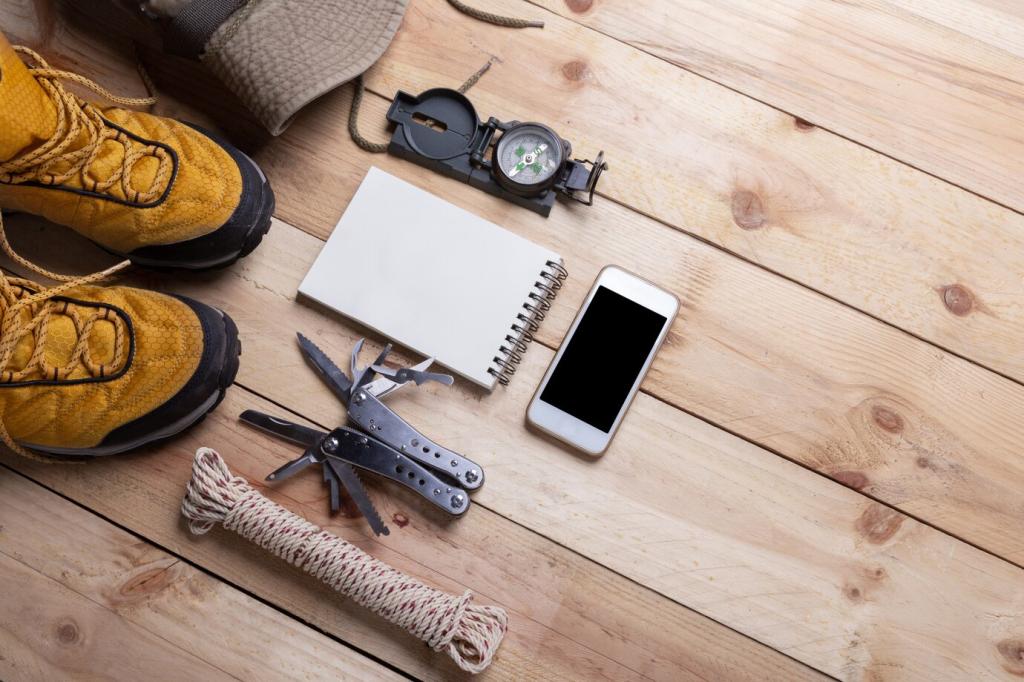
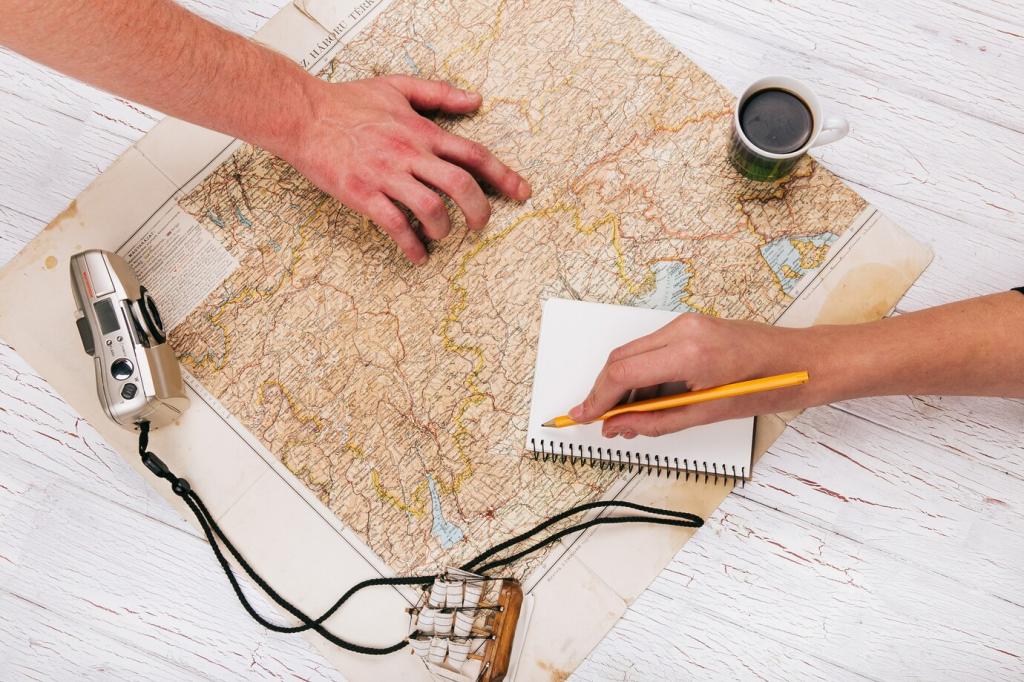
Tools and Repairs: Tiny Items, Big Saves
A mini knife or multitool handles food, cord, and gear tweaks. Add repair tape, a sewing needle, and a few zip ties. Once, a heel delaminated mid-scree; tape and a zip tie held until the trailhead, turning a disaster into an odd badge of resourcefulness everyone celebrated.
Tools and Repairs: Tiny Items, Big Saves
Poles reduce knee strain on long descents and add stability on loose ground. Mark your preferred lengths with tape for quick setup. After lunch fatigue one day, those marks shaved minutes off transitions and kept our rhythm, making the difference between catching alpenglow and walking by headlamp.
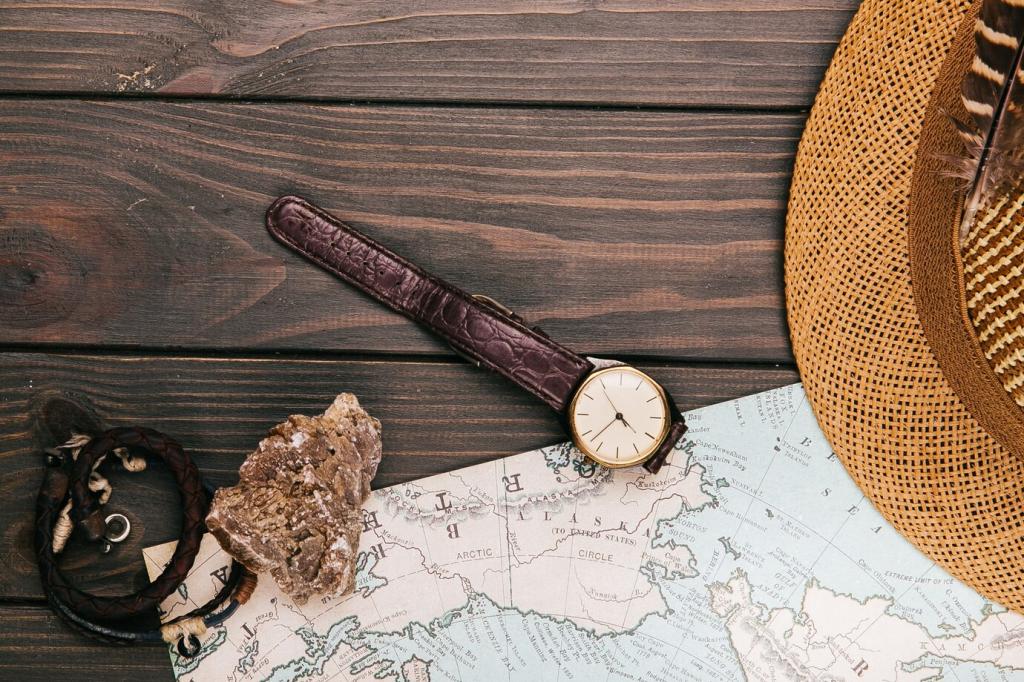


Leave No Trace and Trail Community
Pack a dedicated zip bag for trash and a tiny vial to carry used sunscreen wipes or tape scraps. Strain dishwater and scatter widely. On one ridge, we found confetti-like corners of wrappers; a quick sweep with a spare bag turned irritation into a small group victory worth repeating.
Leave No Trace and Trail Community
Use odor-resistant bags and hang or store food properly. Give animals distance and keep voices soft near camps at dawn. The quietest evening I remember included a whispered gear check, laughter under blankets, and a fox trotting by—unbothered, because we’d tucked dinner scents away early.
